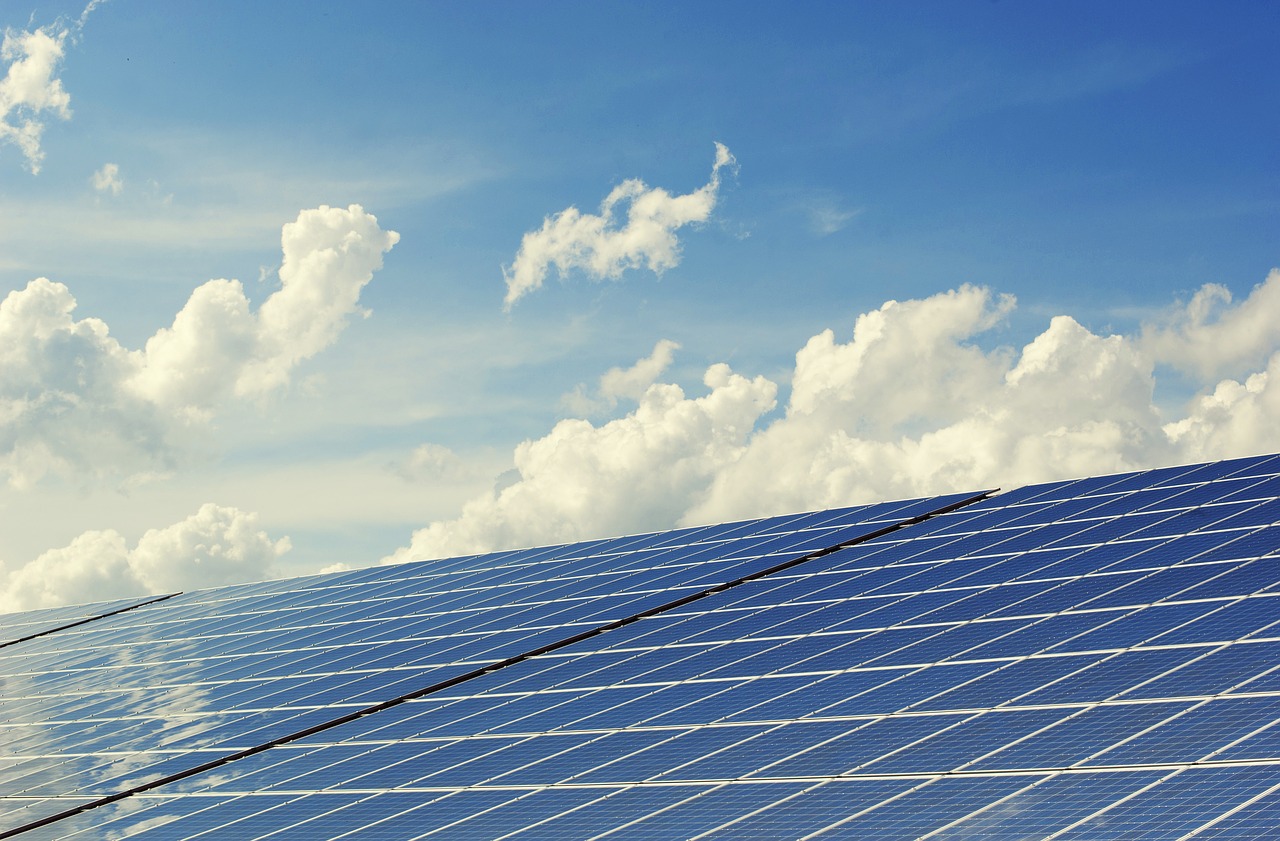Iraq’s electricity demand, much of which can be attributed to air conditioning due to the country’s hot climate, was 17 gigawatts (GW) in 2017. At that time the country’s power generation capacity experienced a shortfall of more than 5 GW.
This concern is expected to be exacerbated in the future as Iraq’s electricity demand is projected to rise to 32 GW by 2028. However, the country, with help from the private sector and international agencies, is working fervently to meet these demands.
The Samawa Combined-Cycle Power Plant
The Ministry of Electricity of Iraq is in the process of overseeing the development of a combined-cycle power plant near Samawah City in the southern region of the country. Once completed, the gas-fired power plant will contribute an additional 750 megawatts (MW) of power generation. It is intended to function at a thermal efficiency rate in excess of 50 percent. In addition, the plant will also offset roughly 32 million tonnes of carbon dioxide emissions over the course of the next two and a half decades.
The project was officially launched in August 2017, when site mobilization activities began. Structural concrete was first poured on the 49.4-hectare site in December 2018. Its 750 MW power generation capacity will come from a single-power block, which will be equipped with multiple GE 9E series gas turbines, a 250 MW steam turbine, and heat recovery steam generators. Its primary fuel will be natural gas, which will be transported to the site via tankers and kept in a pair of 8,100-cubic-meter tanks.
Financing for the Samawa combined-cycle power plant includes hundreds of millions of dollars in commitments from the UK Export Finance. The entity is also lending its support for the Dhi Qar power project and 14 additional substations. ENKA UK Construction will manage the engineering and construction of the plant, while GE will provide various equipment to ensure its efficient operation. The entire project is expected to be complete by February 2022.
Expansion of Khor Mor Gas Complex
In addition to the Samawa combined-cycle power plant, power generation capacities in Iraq will increase with the expansion of the Khor Mor gas complex in Kurdistan. Since production began on the complex more than one year ago, it has produced 260 million barrels of oil and received investments in excess of $1.6 billion.
The Pearl Petroleum consortium, headed by the United Arab Emirates (UAE)-based Dana Gas, is investing $700 million in the complex over a 20-year sales agreement with Kurdistan Regional Government for Kurdistan Gas Project. The consortium also includes an additional petroleum company in the UAE as well as others in Germany, Hungary, and Austria.
One of its main priorities is the production of more gas, increasing local domestic electricity supply. Currently, the Kurdistan Gas Project directs natural gas from the complex via pipeline to power plants in Erbil, Bazian, and Chemchemal. In addition, it supplies natural-gas condensate and liquefied petroleum gas to markets in the area.
The expansion plans for the Khor Mor gas complex include the construction of multiple production trains and drill wells. The plans aim to make the complex the country’s most prominent upstream gas operation managed by the private sector. This is to be accomplished by raising production capacity by more than 60 percent. There has yet to be a timeline established for the project’s completion.
Iraq and UNDP’s Solar Efforts
Beyond government and private sector contributions, Iraq’s power generation capacities will receive a slight boost in the near future. These efforts will be supported by the United Nations Development Program (UNDP).
In January 2019, the UNDP issued a tender for solar consultants to assist the Ministry of Electricity of Iraq implement its solar photovoltaic (PV) energy policy. This $35.1-million initiative will generate 5 MW of PV capacity for residential use in Najaf. In addition, it will support the establishment of technical guidelines and a regulatory framework to promote further development of solar projects.
This project represents only a portion of Iraq’s comprehensive solar plans for the next decade. According to Ali Mirmohammad, a business development manager with the consultancy firm Frost & Sullivan, the Middle East country has plans of increasing its PV installed capacity to more than 5 GW by 2028, which would equal roughly 10 percent of its entire power demand.
“This kind of electricity development program in Iraq requires more than $50 billion of capital within 2018-2028, presenting significant opportunities for companies that supply to this industry,” noted Mirmohammad. In addition to UNDP, the World Bank, Regional Centre for Renewable Energy and Energy Efficiency, and International Renewable Energy Agency (IRENA) are supporting the country’s ambitious renewable energy plans. In June 2018, IRENA announced it had integrated the country’s solar map into its Global Atlas.
Because of its desert climate, Iraq has relatively high solar power potential compared to other countries. Its average solar insolation per day is 5.1 kilowatt hours (kWh) per square meter (m2). This is 70 percent greater than that of Germany. Similarly, Russia, which is the largest country in the world, has a daily solar insolation of 4.07 kWh/m2 per day.

